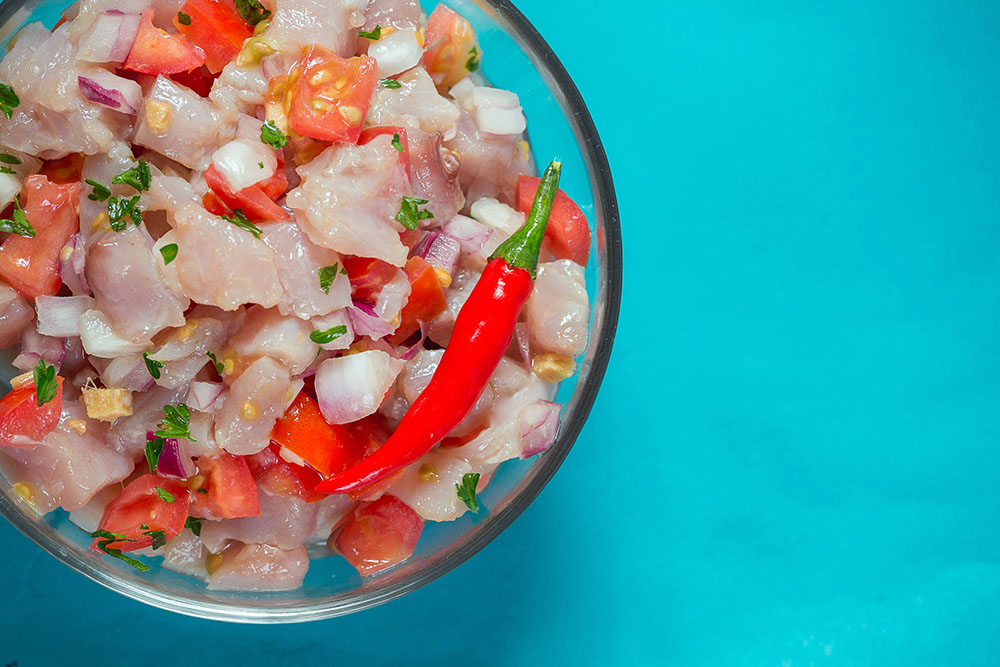On a bamboo raft under the hot Ilocos sun, I was brought a few meters from shore to a ridge where the sea color changes into a deeper blue. You could make out a few black patches on the sea floor, several feet down. It was my first time visiting my househelp’s hometown in Ilocos Sur and with her house just a minute’s walk from shore, I was ensured a reliable supply of fresh seafood.
I was a pudgy Manila boy who loved sushi, and my frequent demand for it irritated both my parents and our househelp Rose Yadao, who either had to make it at home or take me out to a good Japanese restaurant. Little did I know that it would be out here, far away from any fancy restaurant, where I would enjoy the best sea urchin of my life.
Rose’s brother plunged into the sea to harvest sea urchin using two split halves of a bamboo trunk. Upon surfacing, he placed the spiky urchin on the raft and scrubbed it with the bamboo until all the spikes were off. He then cracked it open, drizzled some vinegar on it, and handed it to me. I pinched off the bright orange meat and ate it. It was a momentous instant that allowed me to experience freshness on a whole new level.
In her book dedicated to kinilaw, the late Doreen Fernandez describes the dish as “water and land meeting in an instant of delicate freshness. Kinilaw expresses our passion for the ephemeral, our artistic impulse to honor passing moments.” That perfectly encapsulates and describes what I experienced on that raft.
Kinilaw draws its ingredients from nature itself, with the preparation very simple even as it brings out the best of each component. But despite the uncomplicated procedure, there are certain factors you have to consider. The way the fish is sliced, for example, is paramount. The thickness of the slice affects the time it takes to cure, as well as the strength in the acidity of the vinegar, and the time the raw fish is cooked in that “liquid heat.”
In her book dedicated to kinilaw, the late Doreen Fernandez describes the dish as “water and land meeting in an instant of delicate freshness. Kinilaw expresses our passion for the ephemeral, our artistic impulse to honor passing moments.” That perfectly encapsulates and describes what I experienced on that raft.
Fernandez makes the case that kinilaw is a dish that best represents the Philippines and predates the adobo brought by the Spaniards; one Tagalog-Spanish dictionary from that era defined quilao as “adobo de los naturales,” or the adobo of the natives. The dish also has diverse variation between regions and cultures yet it shares a common basic procedure: taking uncooked seafood and dousing it in vinegar, along with choice land ingredients.
Sometimes, calamansi is used as a souring agent in place of vinegar, as done in the “jumping salad” of La Union, a dish I would want to try for myself; in it, according to Fernandez, the calamansi is squeezed on small river shrimps, causing them to jump. Mollusks are split open and simply kissed by drops of kalamunding, our Philippine lime, while live crab is cracked open and its soft white flesh dipped in spiced and sweetened sugarcane vinegar, like they do in Negros.
There is a different kinilaw for every kind of seafood, each delivering its own kind of appreciation for freshness, similar to what I had on that bamboo raft under the hot Ilocos sun.
Originally published in F&B Report May-June 2015


